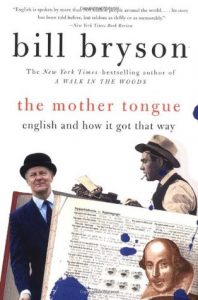

“An oyster leads a dreadful but exciting life. Indeed, his chance to live at all is slim, and if he should survive the arrow of his own outrageous fortune and in the two weeks of his carefree youth find a clean, smooth place to fix on, the years afterwards are full of stress, passion, and danger. He—but why make him a he, except for clarity? Almost any normal oyster never knows from one year to the next whether he is he or she, and may start at any moment after the first year, to lay eggs where before he spent his sexual energies in being exceptionally masculine. If he is a she, her energies are equally feminine, so that in a single summer, if all goes well, and the temperature of water is somewhere around or above seventy degrees, she may spawn several hundred million eggs, fifteen to one hundred million at a time, with commendable pride.”
It’s never right to lie… unless you’re a writer. If you’re pulling your writing from real life, you mustn’t be bound too much by reality–e.g., just because someone said something that way doesn’t mean it’s a good way to say it. Just because it really happened doesn’t mean it’s interesting.
Furthermore, just because it happened in 1964 doesn’t mean you can’t set it in 1934–and vice versa. Of course, if it is something famous, like the Lindbergh baby kidnapping, you can’t move it around too much, unless you are writing sci-fi or magical realism. But if you have a story about a great uncle who was married five times (that the family knows about), there is no reason you can’t write about such a character in current time.
Similarly–with certain obvious exceptions–just because the actor was a male doesn’t mean you can’t attribute the action to a female. Ditto parents and grandparents, siblings and cousins.
Bottom line: Be flexible when it comes to reality.
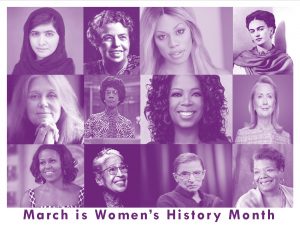
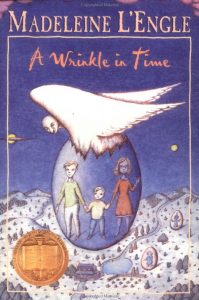


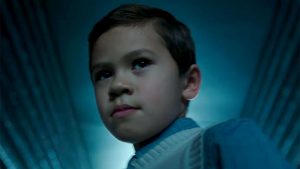
In honor of our Wrinkle in Time re-read, join me and authors Lenore Gay and Sadeqa Johnson for a giveaway!
Up for grabs are:
The giveaway has already started and will go until March 13. Good luck!
I’m very pleased that Dr. Heidi Hammel agreed to a print interview about this book! I’ve long believed in the power of books, especially for young minds. My childhood home didn’t have children’s books but I recently read A Wrinkle in Time for the first time. Dr. Hammel’s experience makes me wish I’d had it as a child!

HH: On my tenth birthday, in 1970, my 11-year-old brother gave me a copy of A Wrinkle in Time. This was the scholastic paperback edition, blue with series of concentric rings around three small characters.
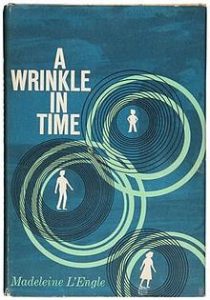
VL: What was going on in your life at the time?
HH: I was just a kid, a young girl specifically, at a time when girls did just girl things. Sugar and spice and everything nice. Glass ceilings everywhere. Invisible glass ceilings—most girls didn’t even THINK of doing things other than being a wife, a nurse, or a teacher. Maybe a daring girl could be a flight attendant or a secretary. But no real girls did science or space research or math. (Madame Curie was a unicorn, a historic anomaly, not a real regular person.)
VL: I can absolutely identify with that. I read the Cherry Ames series about the adventures of a nurse. Although she was a great role model in many ways—daring and caring and a problem solver—in high school I wanted to become a surgeon. Although I was valedictorian of my class, I was counseled to become a nurse instead—albeit with a B.S. degree so I could move up in administration. I do admire your determination! But tell me, in what way(s) did the book affect you?
HH: The book blew my mind. Here was a girl like me – her physical description was mine, from the limp non-descript hair to the glasses and teeth that would need braces; her school life was like mine – interested in things that other girls were not like atomic particles and space, and not really accepted as “popular.” Yet, for all her faults – indeed, specifically BECAUSE of her faults – she completed a hero’s journey. What an eye-opener. What a LIFE opener. A literal literary role model. If an ordinary girl like Meg could find her father across all of space and time, then all things were possible for me. When, years later, a special teacher suggested I apply to MIT for college, I had a “WWMD” (what would Meg do) moment, and said “sure!” The rest is history, as they say.

HH: I’ve reread A Wrinkle in Time many times over the years. During my high-school years, as an undergraduate at MIT, while in graduate school for physics, as a young mother, and even now. I reread books I love, because the stories ring true, and because I sense different overtones based on who I am and what I have experienced in my own life. Things that may not have registered to me as a 10-yr-old, or 30-yr-old, or a 50-yr-old take on new meaning when viewed through the lenses of varied experience.
VL: So true! In my younger years, when my primary escapist reading was murder mysteries, I never reread them. Once you know “who done it,” what’s the point? The exception back then was Jane Austen, whom I discovered in college and have reread many times since. Now, since I started writing them, I seldom read mysteries. My escapist reading goes in all sorts of directions and I reread often! I also tend to give books I love to others. Have you ever given A Wrinkle in Time to others? If so, who and why?
HH: I gave this book as gifts to friends as a young girl, especially those friends who I thought might share in the vision of what young women could be and could do.
I read it aloud to my own children, so they could travel through the tesseract with me to worlds so different from – yet so like – our home planet.
VL: What other books by Madeleine L’Engle have you read?
HH: I’ve read all of her books. The complete Kairos and Chronos series, as well as her books for adults. I admit to enjoying the “young adult” books more than the books specifically for adults.
![[Source: BellaOnBooks]](http://vivianlawry.com/wordpress/wp-content/uploads/2018/03/Madeleine-L’Engle-books-300x166.gif)
HH: I think the only other book that comes close to having a visceral impact on me would be Ray Bradbury’s The Martian Chronicles. In this book, Bradbury paints a tapestry of human exploration on Mars through a series of short stories that are as much poetry as science fiction. The stories are deeply human emotional stories, but told from the perspective of Martian natives. It was brain-bending in an orthogonal way to A Wrinkle in Time but nearly as powerful and evocative.
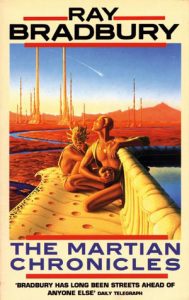
HH: My hope is that each generation of girls and boys have Madeleine L’Engle’s books placed in their hands at a young age.
VL: I join you in that hope! And thank you again for sharing your experience with and thoughts about this powerful book.

Stay tuned for our #WrinkleReRead giveaway of A Wrinkle in Time by Madeleine L’Engle and Becoming Madeleine, a biography of the life and works of Madeleine L’Engle written by her granddaughters.